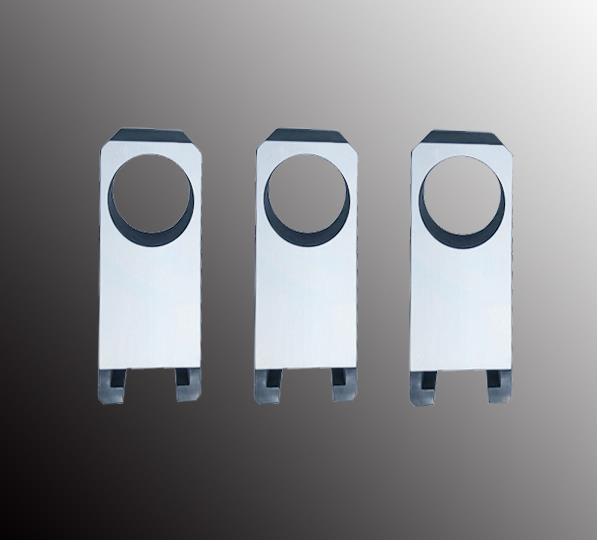

Supersonic spraying is basically the same as ordinary flame spraying. It is suitable for spraying carbide-containing materials, but not suitable for spraying high melting point coatings such as ceramics. Ultrasonic atomization reduces the particle size, the particle size is uniform, the air flow and the melting of the wire end are enhanced, and the surface roughness of the coating is reduced. High firing rate, good bonding strength, small internal stress of the coating, and thicker coating can be sprayed.
Working principle: The liquid enters the combustion chamber from the small hole to burn, such as kerosene. After being atomized and mixed with oxygen, it ignites and undergoes a strong gas-phase reaction. The heat released by the combustion can cause the product to expand violently. The expanding gas flows through the Laval nozzle. Constraints on high temperature flame flow formation in sonic spraying. Flame heating accelerates the sprayed material to the substrate surface, resulting in a high-quality coating.
Hypersonic spraying is a high-temperature, high-velocity combustion flame stream produced by the combustion of hydrocarbon gases (such as propane and propylene) or hydrogen and high-pressure oxygen in a combustion chamber or special nozzle. The combustion flame speed can reach Mach 5 (1500m/s) or more. It is often called HVOF (High Velocity Oxygen Fuel).

When the powder is fed axially into the flame, the sprayed particles can be heated to a molten or semi-molten state and accelerated to velocities of 300-500m/s or even higher to obtain high-quality coatings with high bond strength and compactness . Supersonic flame velocities are very high, but temperatures are relatively low. For WC-Co cemented carbide, the decomposition of WC can be effectively suppressed during the spraying process. The coating not only has high bonding strength, but also is dense and wear-resistant. Its wear resistance is much higher than that of plasma sprayed coatings, which is equivalent to explosive sprayed coatings, and also higher than that of electroplated hard chrome coatings and sprayed fusion coatings. It is widely used.
1. Principle of supersonic arc spraying:
The principle of supersonic spraying is to use two continuously fed wires as consumable electrodes, generate an arc at their ends as a heat source, atomize the molten wire with compressed air, and spray it onto the working part at supersonic speed , to form a high bond strength
Thermal spray processing method for low porosity and low surface roughness coatings. Its working principle is the same as ordinary supersonic spraying (subsonic atomization). Supersonic spraying is a continuous process of molten atomized deposition. But in terms of the atomization method, supersonic spraying is fundamentally different from ordinary supersonic spraying, that is, supersonic arc spraying adopts supersonic atomization.
The utility model has good atomization effect, the particles after atomization are fine and uniform, and the speed is fast, which is favorable for obtaining high-quality coating. Supersonic arc spraying uses a Laval nozzle to increase the airflow speed from subsonic to supersonic, enhancing the acceleration of airflow on particles, thereby increasing particle speed. Particle velocity has a large effect on the performance of the coating.
Hot information

